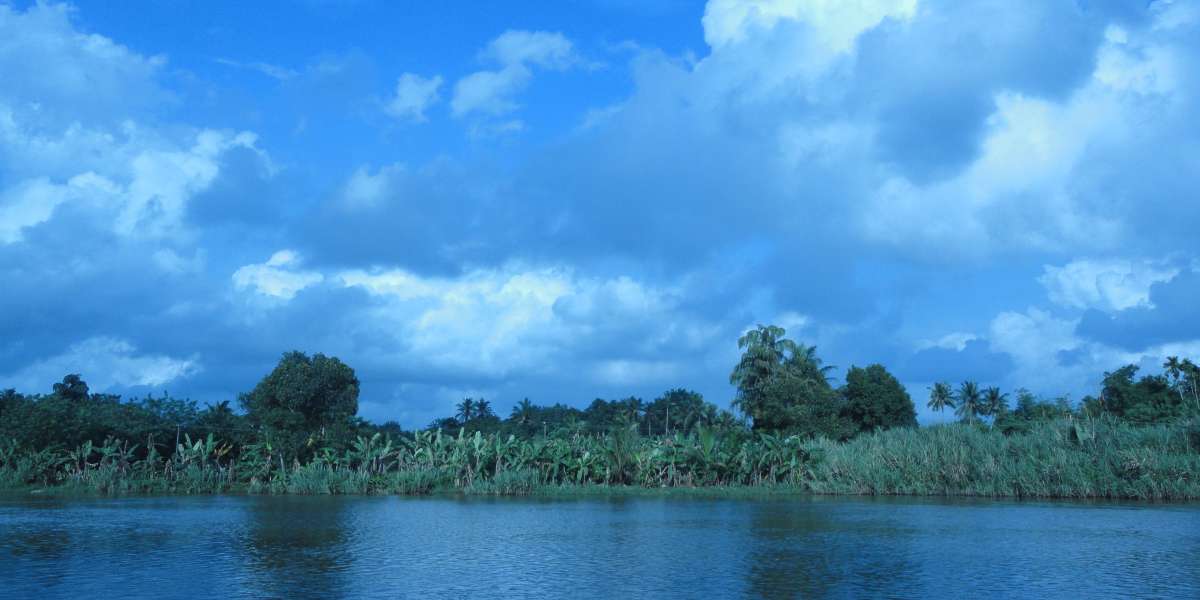Polling Stations
The constituency has 216 polling stations under its 2021 poll setup, ensuring access across its varied terrain—from hilly tribal hamlets to municipal neighborhoods. Representative booths include multiple wings at:
Government Higher Secondary School, Perikallore (Mullankolly)
St. Mary’s Higher Secondary School (Mullankolly)
Devivilasam Vocational HSS, Veliyambam
St. Joseph’s English HSS campus, Sulthan Bathery
Rajiv Gandhi Memorial Residential High School, Kalloor
Various aided and government LP/UP schools across Appad, Cheeral, Arimula, Kuppadi, and Poothady panchayats.
Economic Profile & Livelihoods
Set in high-altitude terrain bordering Tamil Nadu and Karnataka, the constituency includes forest-fringe tribal settlements, midland farms, and commercial town zones. The local economy is sustained through:
Agriculture & Plantation Crops: Spice cultivation (pepper, cardamom, ginger), coffee, rubber, coconut, rice in panchayats like Meenangadi, Pulpally, and Ambalavayal.
Forest & NTFP-based Livelihoods: Tribal communities collect medicinal plants, honey, and minor forest produce.
Trade & Commerce: Sulthan Bathery town serves as a regional trade center—timber, coir, spice, and retail commerce dominate its marketplace. Institutions like St. Mary's College, St. Joseph’s HSS, and schools support education and employment.
Remittances (NRIs): Some households benefit from Gulf migration, though less pervasive than in coastal frames.
Tourism & Eco-tourism: Scenic attractions like Kuruva Island, Pookode Lake, and nearby nature retreats bring seasonal income through tourism and homestays.
Economic Strata
The majority of residents belong to the middle-income bracket, sustained by farming, education-service income, seasonal tourism, and modest remittance inflows. A minority—tribal forest households and small farmers in remote interior areas—remain below the poverty line, while landowning traders and business families occupy the higher-income tier. Encouragingly, literacy and grassroots welfare programs have progressively uplifted most communities.
Recent Development Activity
Under MLA I. C. Balakrishnan (INC) since 2011, development has focused on improving connectivity, education, and civic infrastructure:
Road upgrades: Key linkages from Sulthan Bathery to Pulpally, Meenangadi, and tribal hamlets have been enhanced for better access.
Educational infrastructure: Expansion and renovation of institutions such as St. Mary’s College, Government High Schools, and residential tribal schools have enhanced educational reach.
Tourism infrastructure: Facilities near eco-point attractions (Pookode Lake, Kuruvadweep) and improved visitor amenities have boosted local tourism prospects.
Public services: Electrification, water supply improvements, and health outreach—including mobile clinics and tribal-focused healthcare initiatives—are strengthening community resilience.
Sulthan Bathery Assembly Constituency is a rich tapestry of tribal highlands, plantation farms, education hubs, and regional trade. Rooted in agriculture, forest produce, commerce, and emerging tourism, its population is largely middle-income with visible upliftment across tribal and border communities. With infrastructure, educational investment, and eco-tourism momentum, Sulthan Bathery is steadily progressing toward inclusive development while preserving its rural-cultural identity.







